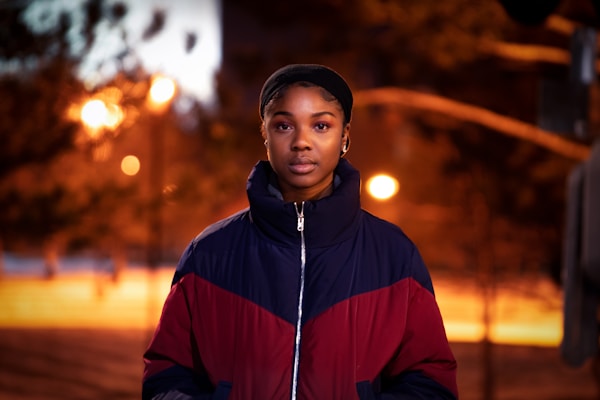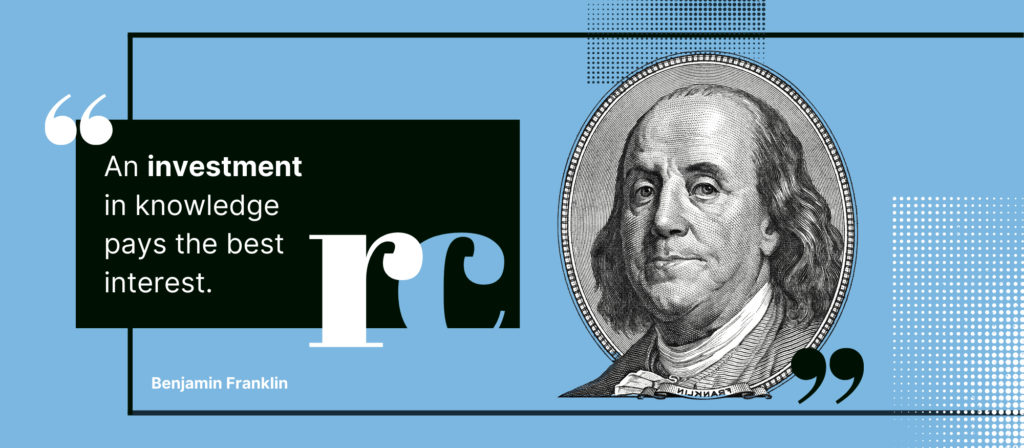Whether you’re getting ready for a high-stakes business meeting or a casual weekend brunch with friends, the colors you choose for your outfit can say a lot about you. Colors can represent our emotions, our personal style, and even our intentions for the day. Indeed, the psychology of color and its effect on our perceptions is a fascinating aspect of human behavior. Therefore, understanding how to use color to your advantage can transform your style and impact the way others perceive you.
Embracing Neutrals: The Power of White
Firstly, we must address the power of neutrals, particularly white. Often associated with purity, cleanliness, and a fresh start, white is a versatile color that can suit almost any occasion. You can find white outfits for women at Dynamite Clothing that range from crisp business suits to flowing summer dresses, illustrating the broad spectrum of styles that white can encompass. The simplicity of white offers a blank canvas for accessories, allowing you to be as subtle or bold as you wish with the rest of your outfit.
Color and Emotion: Red, Blue, and Beyond

Different colors evoke different emotions, and this can play a huge role in your outfit selection. Red, for example, is typically associated with power, passion, and confidence. Wearing a red dress to a business meeting might signify your assertiveness and leadership qualities. On the other hand, blue often conveys a sense of calm and stability. Choosing a blue blouse or jacket might be a great choice when you’re seeking to present an image of reliability and trustworthiness.
Brighter colors, such as yellow and orange, bring to mind feelings of warmth, happiness, and creativity. Incorporating these colors into your outfit might be just the thing to lift your mood and that of those around you. On the other hand, darker colors, such as black and dark green, often symbolize sophistication, elegance, and sometimes mystery. An all-black outfit could be the ideal choice for an evening event, while a dark green suit or dress could help portray an image of wealth and prestige.
Coordination: Complementary and Analogous Colors
When planning your outfit, it’s essential to consider color coordination. Complementary colors—those opposite on the color wheel, like red and green, or blue and orange—create a bold contrast that can make your outfit stand out. On the other hand, analogous colors, which are next to each other on the color wheel, can create a more harmonious and cohesive look. Pairing a violet blouse with a light blue skirt, for instance, could create a soothing and visually appealing ensemble.
Color and Skin Tone: Finding Your Best Shades

While trends can be exciting to follow, it’s also crucial to consider which colors best complement your skin tone. Those with warmer skin tones may find that colors like earthy browns, rich reds, and mustard yellows enhance their natural coloring. For those with cooler skin tones, shades of blue, pink, and jewel-toned purples and greens might be more flattering.
Conclusion: The Power of Color in Your Wardrobe
The power of color cannot be overstated when it comes to crafting your outfits. The shades you select can send specific messages, evoke certain emotions, and enhance your natural appearance. While neutrals like white provide a timeless and adaptable option, exploring the spectrum of color can lead to exciting and personality-driven ensembles. Whether you’re drawn to the bold contrast of complementary colors or the harmonious blend of analogous shades, there’s an entire rainbow of possibilities waiting to be discovered in your wardrobe. So next time you’re choosing your outfit, remember: it’s more than just a selection of clothes—it’s a form of self-expression.







